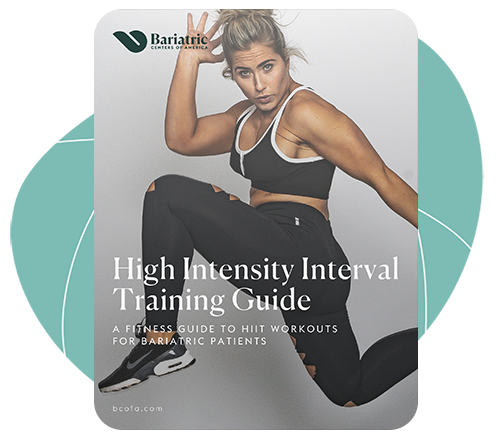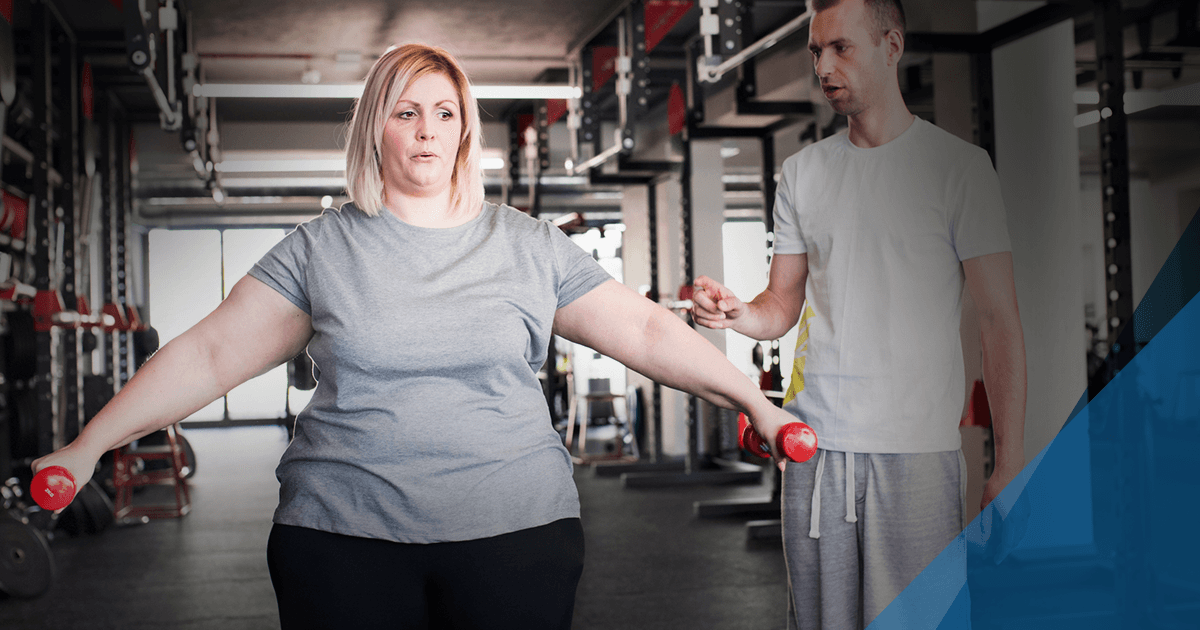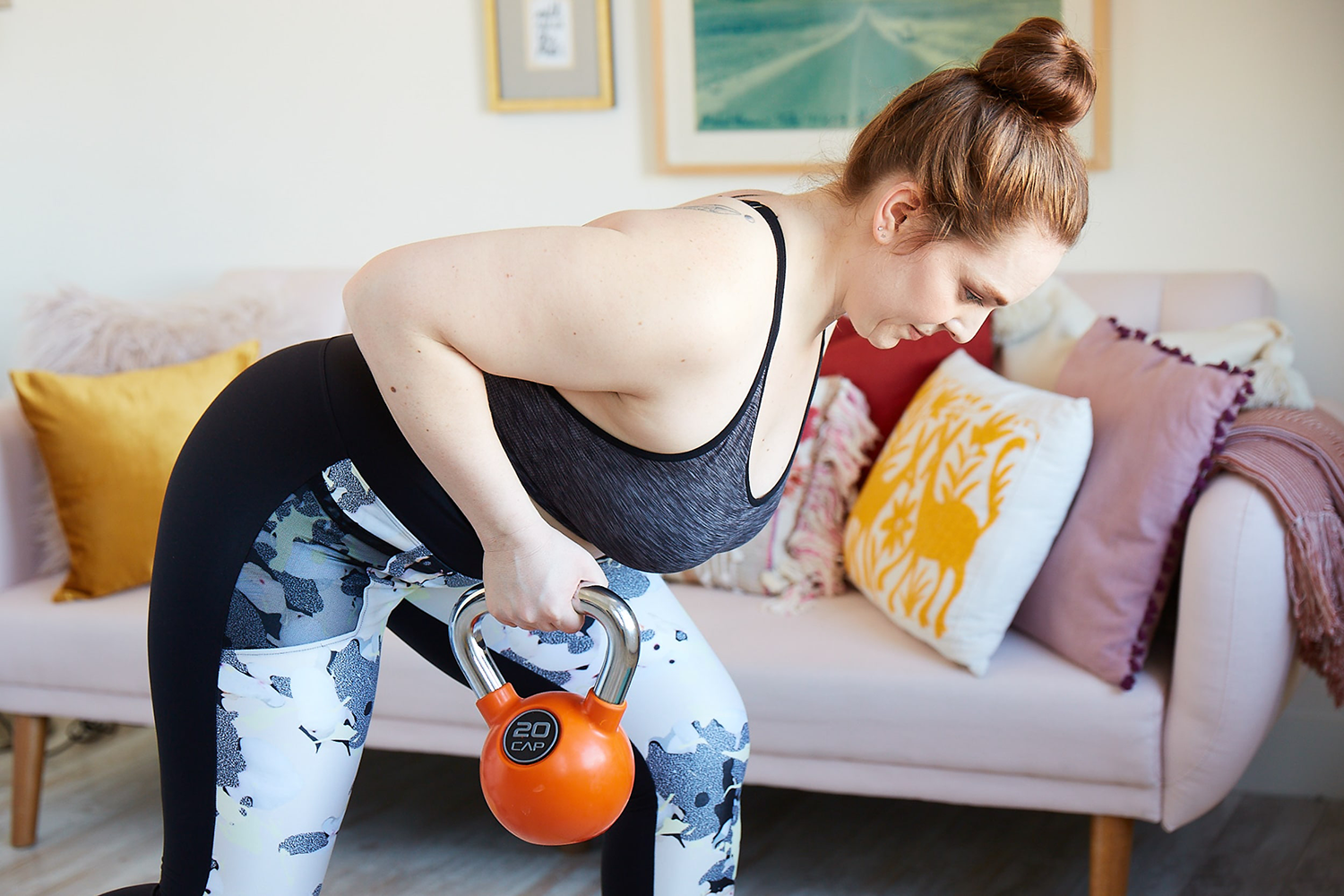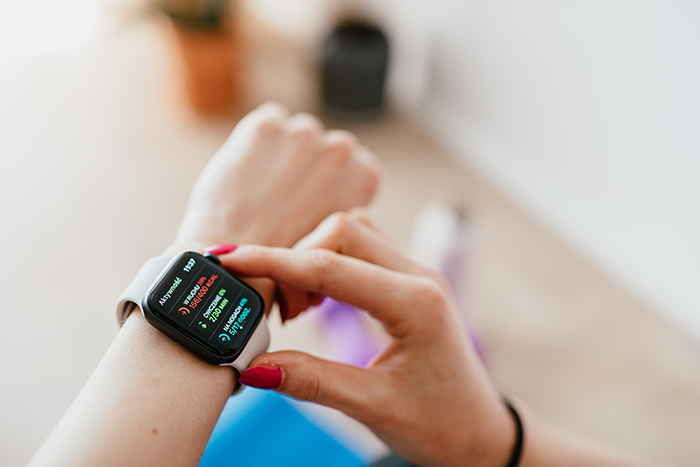
Incorporating physical activity into your daily routine has many benefits, including aiding in weight loss, alleviating joint pain, and improving your mood. If you are new to working out, you may feel intimidated and unsure where or how to begin. In this blog, we will go into everything you need to know about how to get started and how to stick to a routine so you can experience the long-term benefits of exercise. Here is a beginner’s guide to exercise:
Benefits of Exercise
There are many reasons to begin incorporating regular exercise into your daily and weekly routine. Aside from the obvious benefit of reducing your weight (as long as you are keeping your caloric intake relatively the same), exercise effectively reduces your overall risk of developing chronic diseases and improves the management of health issues. Similarly, exercise increases your muscle mass, and the more muscle you have, the more fat your body will burn when at rest.
Additionally, exercise improves your mood and mental health due to the release of endorphins. Individuals who engage in regular and relatively intense physical activity also experience better sleep and more energy. After listing all these benefits, you better be lacing up your sneakers now to start a workout!
Types of Exercises
Before you begin putting together an exercise program, you will want to understand the various types of exercises that can help you achieve long-term benefits and fit with your schedule.
1. Aerobic and Cardio. Any form of cardiovascular exercise that increases your heart rate. This can include running, biking, swimming, dancing, playing a sport, etc. Aerobic exercises are great for strengthening your heart and lungs and burning calories. Traditionally aerobic exercises focus more on endurance than sprint training.
2. High-Intensity Interval Training: HIIT is a form of exercise that focuses on short and hard efforts followed by quick recoveries. The goal is to elevate your heart rate to burn the same amount of calories as you would doing an aerobic exercise just in less time.
3. Yoga and Pilates: Yoga and Pilates are a form of exercise that reduces the impact on your joints through slow and controlled movements. Pilate and yoga are great for strengthening your muscles, improving flexibility, and bettering your posture.
4. Strength Training: Strength exercises increase muscle mass and help you burn body fat, even why you aren’t working out! Resistance training, plyometrics, weightlifting, cross-fit, and calisthenics are all examples of strength training.
5. Stability and Balance: These exercises are designed to strengthen your muscles, improve your balance and coordination.
6. Flexibility: Focusing on your flexibility is crucial for muscle recovery and injury prevention. Stretching will also help you maintain your range of motion.

Exercising for Beginners
The key to starting any exercise program and making a habit out of movement is to start slow. Don’t pressure yourself to run a 5K in 3 months when you haven’t run in 3 years. Don’t expect to be able to lift as much weight as you did when you were 150 pounds smaller. Don’t shame yourself for not being able to touch your toes because your belly is in the way. Stop the negativity and stop comparing!
Create an Exercise Regimen You Stick To
There are a few tips to making exercise a habit that you stick to for longer than 2 months.
1. Find something you enjoy
This is so important to your long-term commitment and consistency. Just like you wouldn’t marry someone you don’t like being around, don’t commit yourself to a style of exercise you can’t stand to do. That will only lead you to make more excuses about why you can’t or don’t want to exercise. So, find a form of exercise that you enjoy doing and that makes you feel comfortable. I promise, over time, you will learn to love working out —you just have to create the habit now by doing something you get a thrill out of. 
2. Get a workout buddy.
A workout buddy is the ultimate form of accountability. Just be sure you find someone who is going to motivate you, not enable you. There will be days when you will make every excuse in the book to why you can’t work out. So you want to find a workout partner that won’t read into the BS.
Similarly, make sure your workout buddy isn’t going to be someone that will bring you down with them. If they don’t want to go to the gym and convince you that you shouldn’t either, that is ultimately not someone who supports you and cares about your health. It may be time to find a new workout partner. Group fitness classes are a great way to establish accountability with yourself (since you are paying for the classes), with the instructor, and with the class members.
3. Know your ‘why’
What is it that you want to be able to do? Now answer, why do you want to do that? Understanding your primary motivator for beginning a workout routine is key to your long-term success. You may want to work out to reduce your risk of developing heart disease. Or you want to tone up and build muscle mass. Whatever your reason, it is important to use that as your drive to keep pushing. Find your inspiration, then begin to set goals for how you can achieve your ‘why.’ I recommend writing it down and looking at it every day, so you don’t lose focus.

4. Start Small
As I said above, the key to success for any workout regime is to start small. You may be thinking you can’t wait to be able to deadlift your body weight. Or your primary motivator for exercise is fit into that yellow polka-dot bikini (*cue Brian Hyland music*).
Knowing your ‘why’ is essential to your overall success. Yet the problem is when your ‘why’ begins to feel more like a defeat than it does drive. Are you losing motivation to workout because you haven’t met your “goal” yet? Setting lofty and unrealistic goals is not wrong, but don’t use those goals as your primary measure of success. Instead, set small and measurable goals then build upon your larger vision (or your ‘why’). Believe me, you will feel more motivated to keep going over time.
Once you can build a habit of movement, you will find many ways to improve your workout routine. You will learn to love fitness and will see the value in that sweat sesh. So stop making excuses and get to it!













